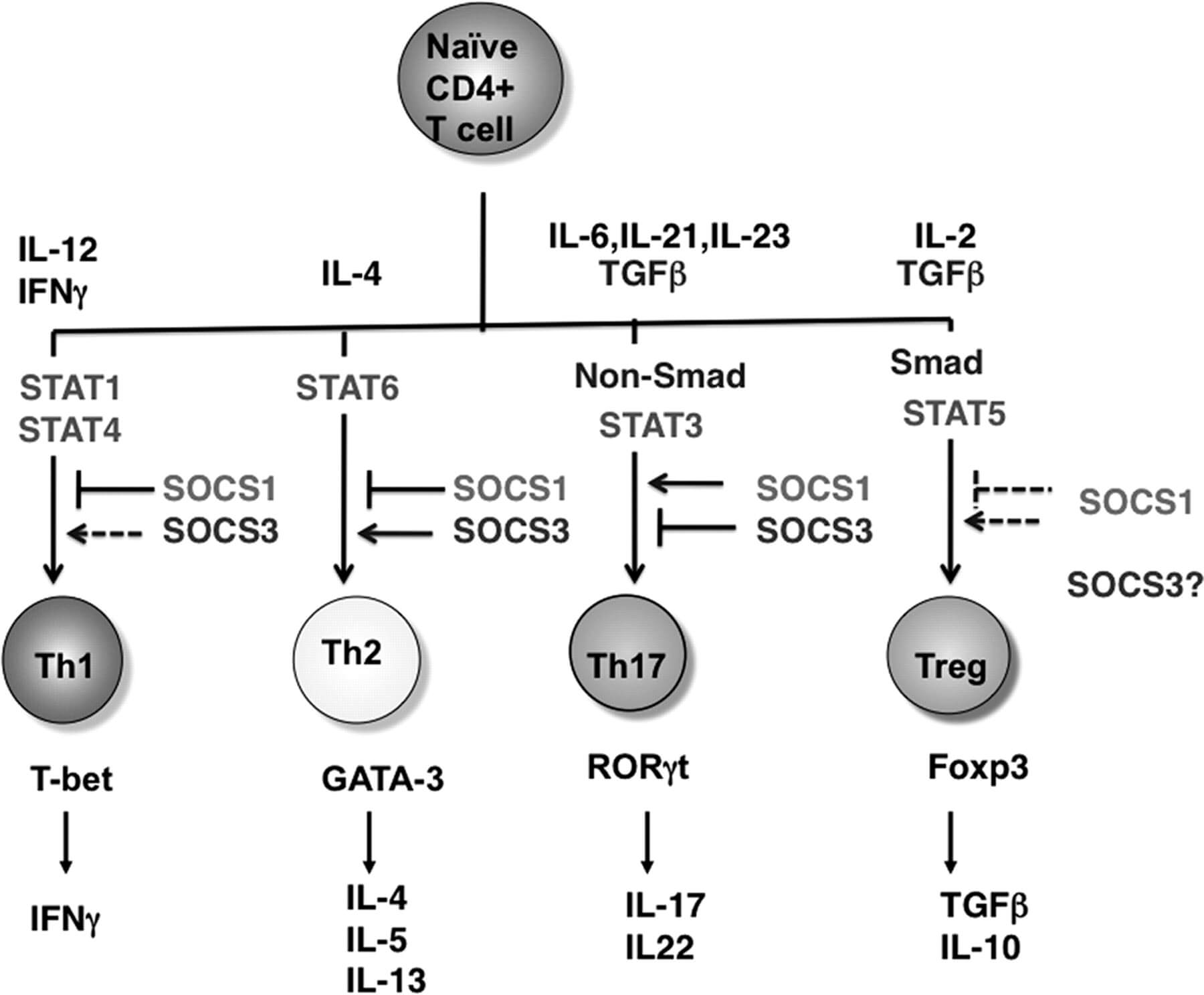
SOCS3 is elevated in mold illness and some types of chronic inflammation. Learn what SOCS3 is & how it plays into leptin resistance.
This introduction will come into play when talking about leptin resistance and other concepts. This is a technical post.
This post will be updated in the future regarding supplements that decrease SOCS3.
What is SOCS3?
Suppressor Of Cytokine Signaling 3 or SOCS3.
When a cytokine storm starts (such as IL6, IL10, and IFN-gamma) after infections, toxins, or injury, the body produces SOCS3 to try to dampen this response – hence the name suppressor of cytokine signaling.
SOCS3 causes subsequent leptin resistance, obesity, and glucose intolerance [1, 2].
In some immune cells such as dendritic cells (found in the gut and other places), SOCS3 causes them to be less tolerant and more reactive to foreign proteins [3].
In macrophages and dendritic cells, SOCS3 increases TNF, IL-12, and MHC-II/HLA expression, which are all inflammatory. SOCS3 also lowers IL-10 and Tregs, which are anti-inflammatory [3]. All of these changes are bad.
SOCS3, Obesity and Th2 Dominance
SOCS3 skews the immune system to a Th2 dominant profile (by blocking IL-12 induced STAT4) [3].
In my observations, Th2 dominant people are more likely to be overweight. SOCS3, in part, explains this link, since SOCS3 causes Th2 dominance and also leptin resistance, which results in obesity.
Science has confirmed my observation that obese people are more likely to be Th2 dominant and obesity is an important risk factor in the development of asthma (and other Th2 conditions) [4].
Leptin‘s effect on weight loss depends on cellular signals that it activates, including STAT3. SOCS3 is able to block this signal and stop the effects that leptin has on weight loss.
Mechanism: Leptin-> STAT3->Weight loss.
The problem is that STAT3 also causes Th1/Th17 related inflammation. So while you will be thinner, you will be at increased risk for certain kinds of inflammation.
SOCS3 blocks STAT3, which reduces Th1/Th17 inflammation, but increases leptin resistance and Th2 dominance.
Higher SOCS3 (The BAD):
- Causes leptin resistance [5]
- Causes Insulin resistance [6] (via decreasing IRS-1 [7]).
- Causes obesity [7].
- Is found in pregnancy, which can increase risks for developing obesity and type II diabetes during pregnancy [8] and may be a contributing cause of preterm labor [9]. An increase in SOCS3 levels during pregnancy allows for the pregnant mother to increase food consumption in order to provide nutrients to her infant.
- Reduces the activity of pancreatic cells, which could cause type 2 diabetes by lowering insulin secretion [10].
Higher SOCS3 (The GOOD):
- Suppresses cancer growth by decreasing Th17 cytokines [11].
- Suppresses breast cancer [12] as well as many other cancers [13, 14], by decreasing STAT3 [14].
- Slows liver tumor growth [13].
- May prevent liver cell death, liver cancer, and liver failure [15].
- May prevent heart contractile dysfunctions and arrhythmias [16].
Do You Have High SOCS3?
You are more likely to have higher SOCS3 if you:
- Are Th2 dominant
- Gain weight easily
- Have chronic inflammation from mycobacteria, TGF-beta1, and MMP9.
What Inhibits SOCS3
Supplements
- Butyrate – Butyrate -Calcium/Magnesium [17] – reverses a high-fat diet induced increase in SOCS3 in animals.
- Ecklonia cava [18]
- Bilberry (by preventing STAT3 activation) [19]
- Resveratrol effectively suppresses SOCS3 gene expression [20]
- Lycopene [21]
- PQQ [22]
- Probiotics [23]
- Chromium (nano-sized Cr tri-picolinate) [24]
SIRT1
SIRT1 decreases SOCS3 in the hypothalamus and in turn decreases leptin resistance [25].
So if you have good levels/high activity of SIRT1, you will have lower SOCS3 and lower leptin resistance.
Robust SIRT1 comes from circadian rhythm entrainment.
In the SIRT1 post, there are a number of SIRT1 activators, which you can use to inhibit SOCS3.
Resveratrol and Nicotinamide Riboside/Niagen NAD+ are two powerful supplements to increase SIRT1 and its activity.
Methylation
DNMT1 decreases SOCS3 [26]. DNMT1 is a protein that transfers methyl groups from SAM-e. So methylation will help lower SOCS3 in at least one way.
SIRT1 is very important for DNMT1 to function and methylate better by taking its acetyl groups away [27].
SAM-e is the fuel for DNMT1 and SIRT1 is kind of like the steering wheel and motor.
Oxygen
One factor that increases SOCS3 is hypoxia or low oxygen [28].
This would suggest that breathing better and doing breathing exercises, exercising, and maybe even hyperbaric oxygen therapy may help lower SOCS3.
Hormones
- IGF-1 lowers SOCS3 (when TNF-alpha is low) [26].
- Vitamin D deficiency [29], but this is not recommended.
What Increases SOCS3
- PPAR gamma (in mice) [11]. There are a bunch of supplements that increase PPAR gamma.
- Forskolin – Increased SOCS3 expression by approximately 15-fold [12].
- DHA (via PPARgamma, in mice) [11]
- Melatonin (in rats) [30]
- EGCG (via reexpression of let-7) [31]
- Naringenin (strong) [20]
- Flavones (strong) [20]….flavones include Apigenin, Luteolin, Baicalin, and Skullcap Root (contains the flavones baicalein, scutellarein, wogonin)
- TGF-beta (can be from autoimmunity, toxins, infections or injury) [3].
- Mycobacteria [32].
Ceramides
Ceramides increase SOCS3 [33]. The following increase ceramides [33]:
- TNF-alpha (in high doses) [34]
- Ionizing radiation, UV
- Endotoxin/LPS – maybe other toxins
- Homocysteine – lower methylation
- Heat
- Interferon-gamma, TNF-alpha – inflammation
- MMP – MMP-9 is elevated in mold.
- ROS/Oxidative stress
- THC, Anandamide (internal cannabinoid)
- 1,25 dihydroxy vitamin D
- Chemotherapy – toxins

